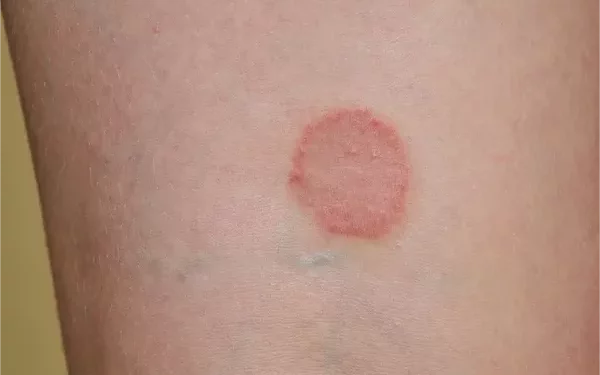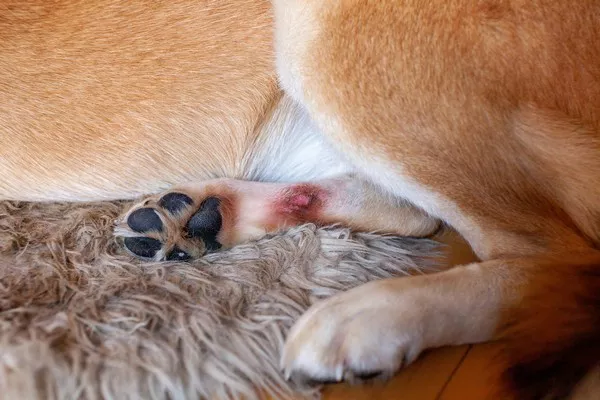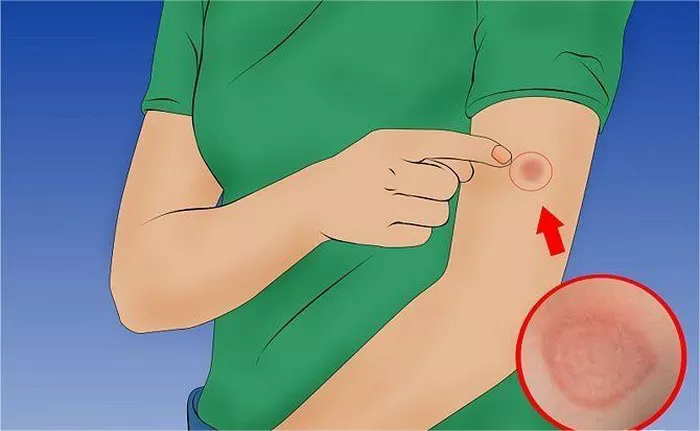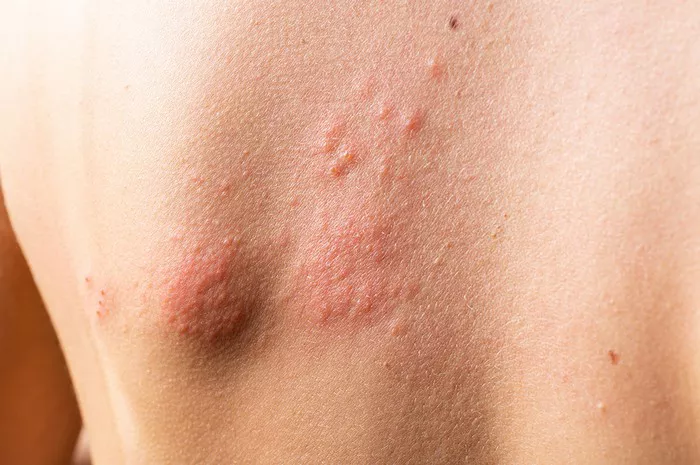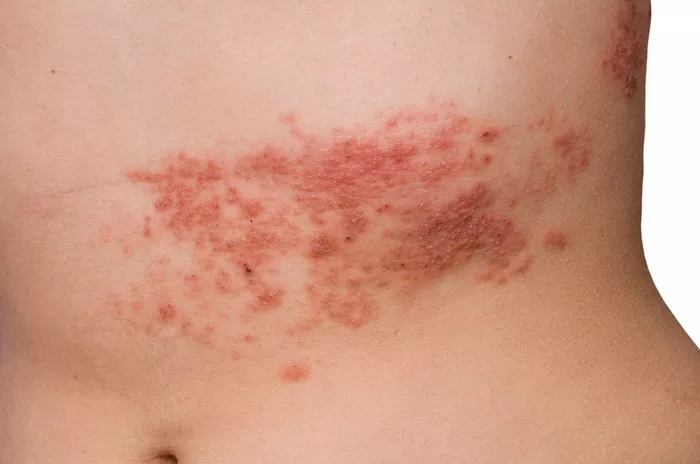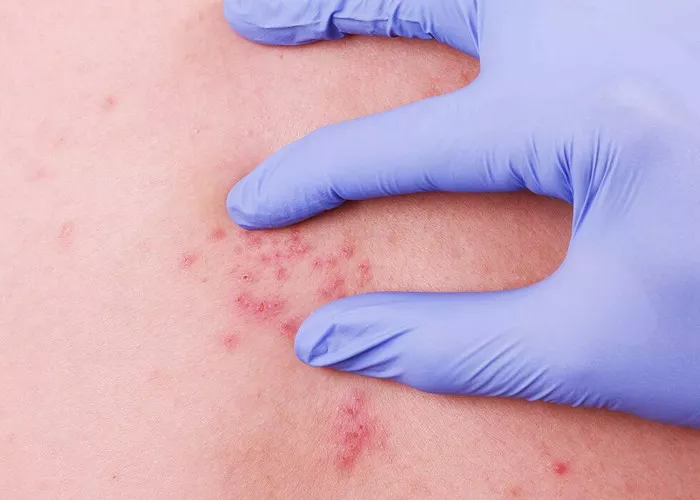Ringworm is a common fungal infection that can affect different areas of the body, such as the skin, scalp, nails, and feet. Despite its name, ringworm is not caused by a worm; rather, it is a result of a group of fungi called dermatophytes. These fungi thrive in warm, moist environments and can spread quickly from person to person or through contaminated surfaces. Understanding how ringworm grows and spreads is essential for prevention and treatment.
The Fungal Nature of Ringworm
Ringworm is caused by a type of fungus known as dermatophytes. Dermatophytes are specialized fungi that live on keratin, a protein found in the outer layers of skin, hair, and nails. There are three main types of dermatophytes that cause ringworm:
- Trichophyton
- Microsporum
- Epidermophyton
These fungi are opportunistic, meaning they only cause infection when conditions allow them to grow and thrive. Normally, the skin acts as a protective barrier against these fungi. However, when the skin is damaged or compromised in some way, dermatophytes can take hold and start to multiply.
The Initial Infection: How Ringworm Begins
Ringworm starts when dermatophytes come into contact with the skin. The fungi can be spread in several ways:
Person-to-person contact: Ringworm can be passed from one person to another through direct skin-to-skin contact. This is particularly common in settings such as sports activities, where athletes may share equipment or engage in close contact.
Contact with contaminated surfaces: Fungi can live on surfaces such as towels, clothing, gym equipment, and shower floors. If someone with ringworm touches or uses these items, the fungi can transfer to anyone else who comes into contact with them.
Animal-to-person transmission: Animals, especially pets like cats and dogs, can carry ringworm on their fur. If a person touches an infected animal or its bedding, they may become infected with the fungi.
Once the fungi make contact with the skin, they begin to infiltrate the outer layer of the epidermis, which is the skin’s protective barrier. The infection can start in a small, localized area but may grow and spread over time if not treated.
How the Fungi Spread and Grow on the Skin
Ringworm spreads by consuming the keratin found in the skin. The fungi invade the dead skin cells, using enzymes to break down keratin. As the dermatophytes digest this protein, they grow and multiply, spreading outward from the initial infection site.
The appearance of ringworm is often circular, with the outer edge appearing red, inflamed, and slightly raised. The center of the lesion may appear clearer, which gives the infection its “ring-like” shape. The outer edge can continue to expand, and new lesions may appear as the fungi continue to grow.
The growth of ringworm depends on several factors, including:
Moisture and humidity: Dermatophytes thrive in warm, moist conditions. Areas of the body that are frequently damp, such as the groin, feet, and scalp, are more prone to ringworm infections. Fungi can grow more rapidly in such environments, which is why ringworm of the feet (athlete’s foot) and groin (jock itch) are common.
Skin damage or compromise: When the skin is damaged or irritated, it becomes more susceptible to fungal infections. Scratches, cuts, or conditions like eczema can provide an entry point for dermatophytes. Additionally, sweating can create a moist environment that fosters fungal growth.
Weakened immune system: People with weakened immune systems are at a higher risk of developing infections, including ringworm. Conditions such as diabetes, HIV, and immunosuppressive medications can make it harder for the body to fight off fungal infections.
Poor hygiene: Poor hygiene practices, such as not washing regularly or wearing unclean clothing, can also contribute to fungal growth. When fungi come into contact with the skin and are not properly washed off, they can start to proliferate.
How Ringworm Grows on Different Areas of the Body
Ringworm can appear in different ways depending on the area of the body it infects. The fungi do not grow in the same manner on every part of the body, and each type of infection may have different symptoms. Here’s how ringworm grows in common areas of the body:
1. Ringworm of the Skin (Tinea Corporis)
When ringworm affects the skin, it usually starts as a small, red, scaly patch. Over time, the infection spreads in a circular or ring-like shape, often with a raised, red border. The center may appear clear, and the patch may grow larger as the infection progresses.
The affected skin may become itchy, irritated, or inflamed. If left untreated, the fungi can continue to spread, and multiple patches may form.
2. Ringworm of the Scalp (Tinea Capitis)
Ringworm on the scalp often starts as small, scaly patches that may cause hair loss. The affected areas can become inflamed, and sometimes, a painful pimple or pustule may develop. This form of ringworm can cause the scalp to become very itchy, and the infection may spread to other parts of the scalp as the fungi grow.
If not treated, tinea capitis can cause permanent hair loss, so it’s important to seek medical attention as soon as symptoms appear.
3. Athlete’s Foot (Tinea Pedis)
Athlete’s foot, or tinea pedis, is one of the most common forms of ringworm and typically affects the feet, particularly between the toes. It often starts as itchy, red, and cracked skin. The infection can spread to the soles of the feet or even up the legs if not treated.
The fungi thrive in the warm, moist conditions inside shoes and socks. Constant exposure to these environments can lead to a persistent infection that may become more difficult to treat.
4. Jock Itch (Tinea Cruris)
Jock itch, or tinea cruris, is another common fungal infection caused by ringworm. It primarily affects the groin area, including the inner thighs and buttocks. The infection often causes itching, redness, and a rash in a ring-like shape. The fungi thrive in the moist, sweaty environment of the groin, which makes this area particularly susceptible to ringworm.
Jock itch is more common in men, particularly those who sweat a lot or engage in physical activities like sports.
5. Ringworm of the Nails (Tinea Unguium)
Ringworm can also infect the nails, a condition known as tinea unguium. This infection typically affects the toenails, causing them to become thick, discolored, and brittle. The nail may also separate from the nail bed, which can lead to pain and discomfort.
Nail infections tend to grow more slowly than skin infections but can be more difficult to treat due to the hard nature of the nail itself.
How Ringworm Spreads and Continues to Grow
As dermatophytes continue to consume keratin and grow, the infection can spread from one area to another. Fungal spores are released into the air or onto surfaces, where they can land on other people or objects. The infection can spread from one person to another through direct contact or by touching contaminated surfaces.
People with ringworm may unknowingly transfer the fungi by scratching the infected area and then touching other parts of their body or objects. Fungal spores can live for extended periods of time on clothing, bedding, and other surfaces, which makes it easy for the infection to spread.
Preventing the Growth and Spread of Ringworm
Prevention is key when it comes to avoiding ringworm. Some steps you can take to reduce the risk of infection include:
Practice good hygiene: Wash your hands regularly and keep your skin clean and dry. Be sure to dry your skin thoroughly, especially in areas where moisture tends to accumulate, such as between your toes and in skin folds.
Avoid sharing personal items: Do not share towels, shoes, or sports equipment with others, as these items can carry fungal spores.
Wear breathable clothing: Choose clothes that allow your skin to breathe and avoid wearing damp clothing for extended periods of time.
Treat infected pets: If you suspect your pet has ringworm, take them to the vet for treatment. Avoid direct contact with an infected animal until it has been properly treated.
Disinfect contaminated surfaces: Regularly clean surfaces like gym equipment, shower floors, and bedding to prevent the spread of fungal spores.
Conclusion
Ringworm is a common fungal infection that can affect various parts of the body. Understanding how it grows, spreads, and thrives can help you take the necessary precautions to prevent infection. If you do get ringworm, early treatment with antifungal medications is important to stop the infection from spreading and to prevent it from worsening. Always consult a healthcare provider if you suspect you have ringworm, especially if the infection does not improve with over-the-counter treatments.
Related topics:

